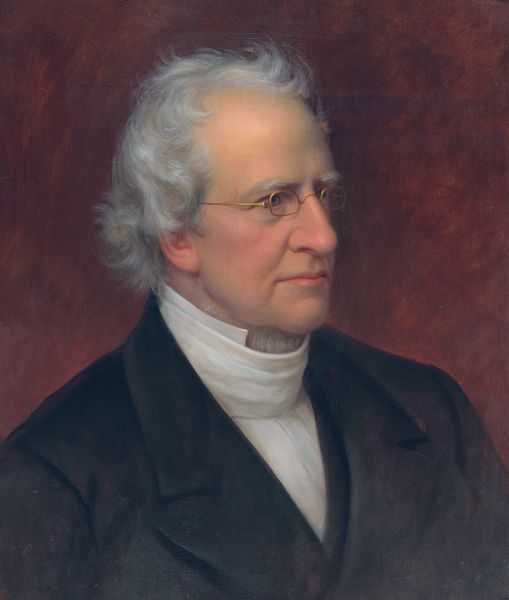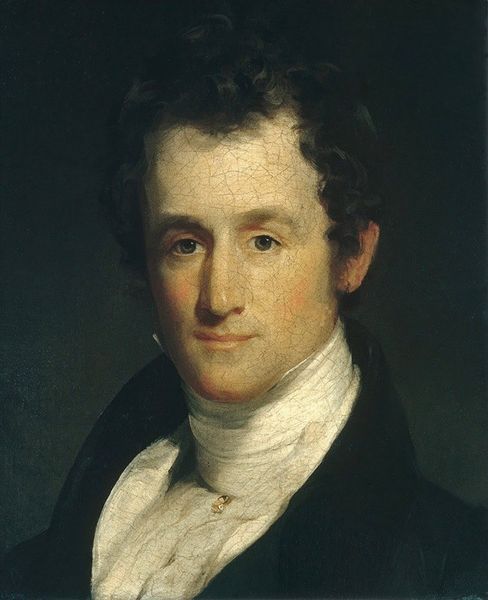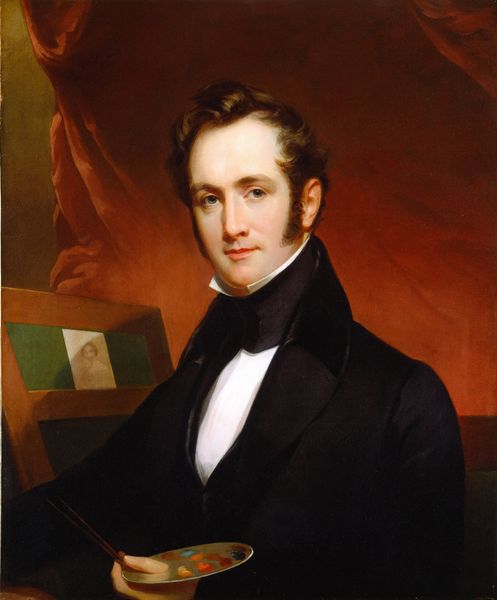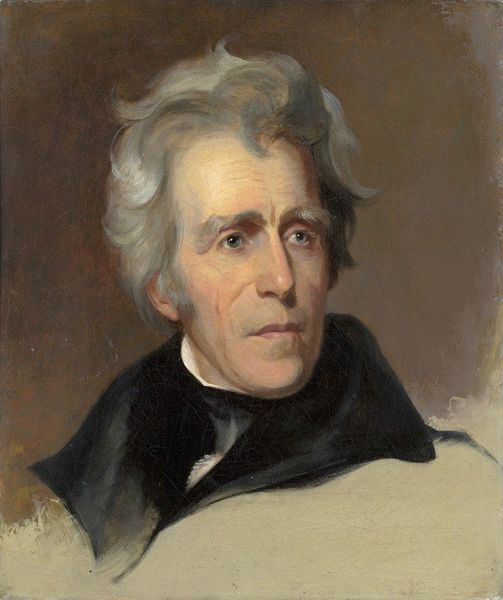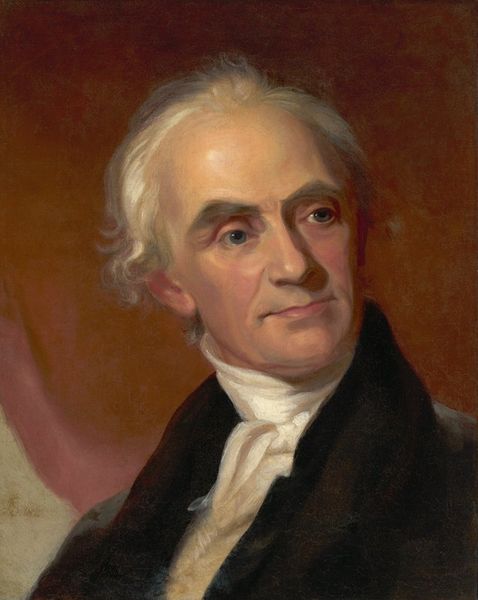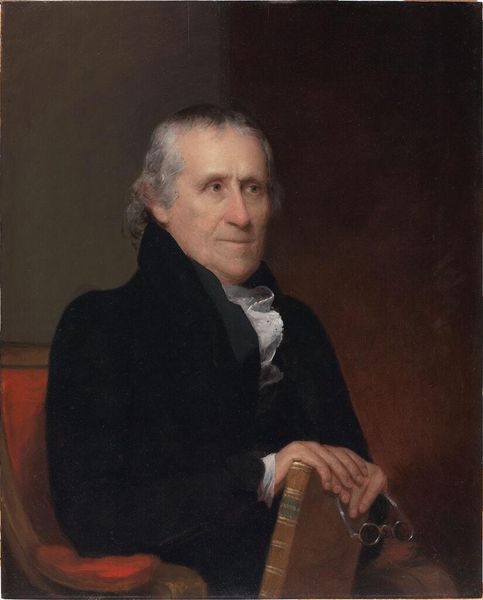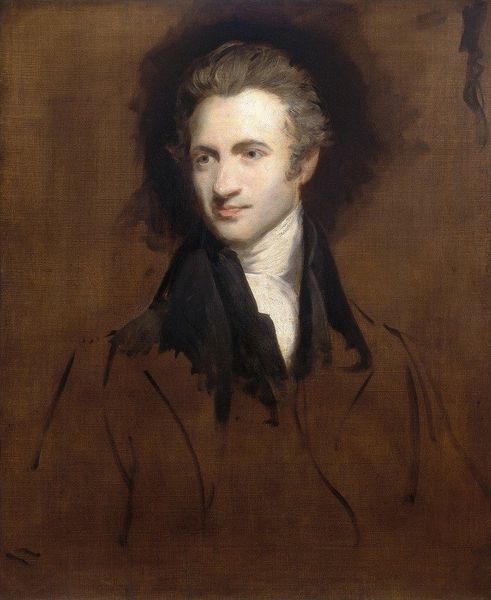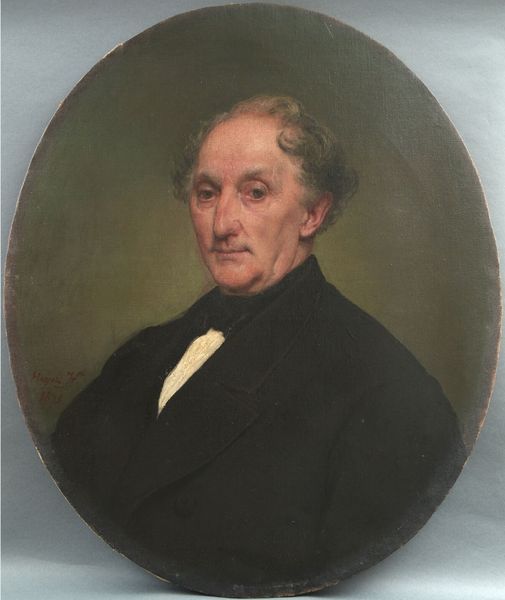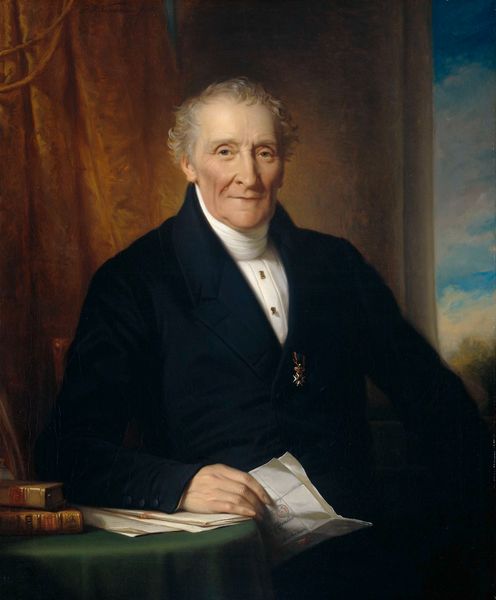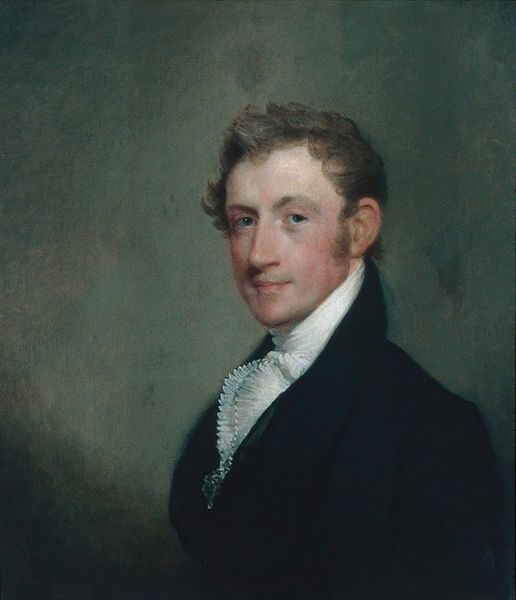
Copyright: Public domain
Rembrandt Peale’s pastel portrait of Thomas Sully was completed in 1859 in the United States. Sully was a prominent painter himself, and this portrait provides insights into the social and cultural dynamics of the American art world in the 19th century. Portraits like this served to solidify social status, capturing likenesses that reinforced the sitter’s position within elite circles. Peale, as an artist from a family of artists, was deeply embedded in this world. His father, Charles Willson Peale, founded one of the first museums in the United States. The portrait also demonstrates the growing professionalization of art, through institutions such as the National Academy of Design, where both Peale and Sully were active members. Understanding the context of this painting requires delving into historical documents, letters, and exhibition records. These resources reveal the complex interplay of personal ambition, artistic style, and the evolving social landscape of the time. Through such research, we can begin to grasp the full significance of this portrait, not just as a likeness, but as a cultural artifact reflecting its time.
Comments
No comments
Be the first to comment and join the conversation on the ultimate creative platform.

